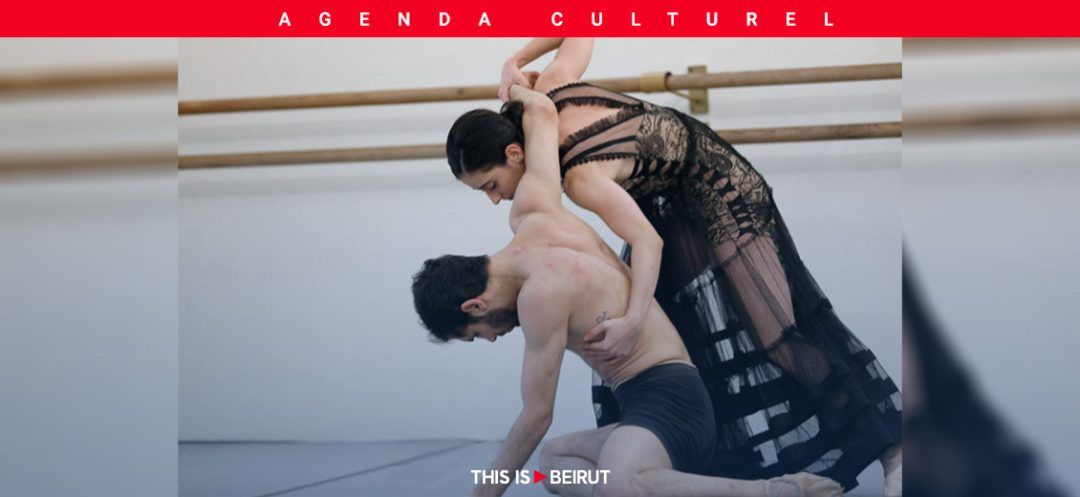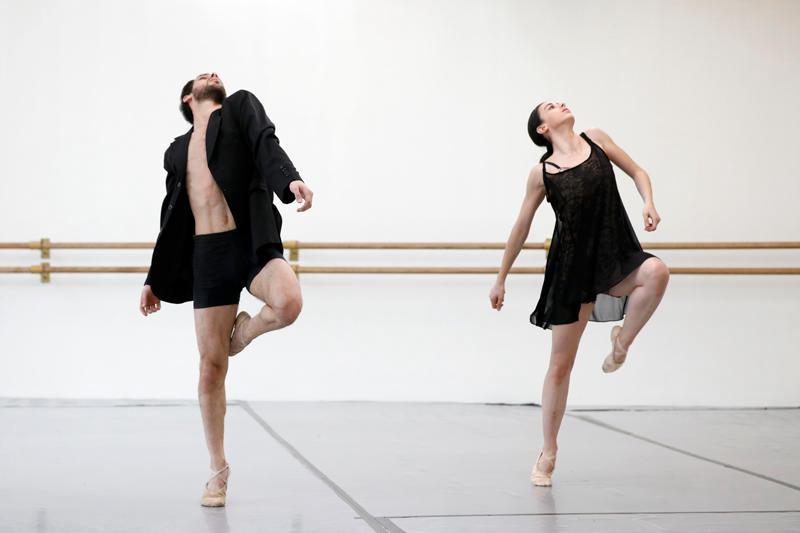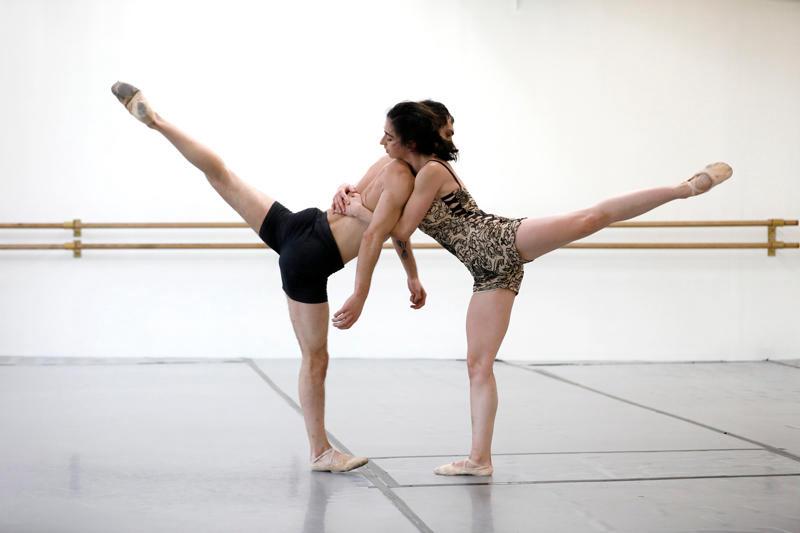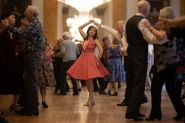
'Dust', the latest dance performance by Nada Kano, portrays a pas de deux that, like a trail of powder, moves from life to death and from death to life. How to cope with the tragedy and its aftermath? The dancers’ bodies embody the memory of the August 4th incident in Beirut and attempt to find their salvation. On stage, they dance and play with four boards that the performance revolves around, symbolizing the boundary between life and death, inside and outside, underneath and above.

As a trained dancer herself and a dance teacher, Nada Kano has been exploring her choreographic talents since 2003 in contemporary dance performances with classical elements, tailor-made and carried by the powerful bodies of her troupe, the Beirut Dance Company (A corps perdu 2008, Élément terre 2009, L’Étreinte 2011, Borderline 2014, Over the Edge 2022…). In 2009, as part of a UNESCO project, she took 200 underprivileged children under her wing and provided them with free dance training. Twenty dancers stood out and continued their training within the troupe for many years. Among them, two young talents, Daniel Moussa and Maria Zgheib, turned it into a vocation and a profession. They take on the main roles in DUST with the support of two other experienced students from her school, Maya Khodr and Axelle Rizk, for a portion of the performance. The music is composed by Anwar Bezri, who is also a dancer in the first part of the show.
The performance begins with a collapse, as Beirut, like a bride promised an illusory dream, falls from her pristine pedestal and shatters. On stage, the dancers strive to break free from the chaos in a delicate balancing act on the boards that become an extension of themselves. Like them, these boards are shaky and unstable, like liferafts in a storm.
Left to their own devices in the second part, the young man and the girl embody a struggle between survival and death. The young girl tries to bring him back to life with emotions conveyed through impeccable technical mastery by the dancers.

“We started working in September, practicing four times a week, and then the pace intensified; before the performance, we work 5 to 6 times a week, for 4 to 5 hours a day,” says Nada, who is demanding and rigorous. She develops her choreography by collaborating directly with her dancers. “The choreography is created based on their emotions, technique, and how they interact with each other.” For Nada, dance is a unique language that allows her to fully grasp emotions. It’s a necessary and vital path for her to face pain, give it a tangible form, and transcend it.
For more information, click here.
Penned by Maya Trad

As a trained dancer herself and a dance teacher, Nada Kano has been exploring her choreographic talents since 2003 in contemporary dance performances with classical elements, tailor-made and carried by the powerful bodies of her troupe, the Beirut Dance Company (A corps perdu 2008, Élément terre 2009, L’Étreinte 2011, Borderline 2014, Over the Edge 2022…). In 2009, as part of a UNESCO project, she took 200 underprivileged children under her wing and provided them with free dance training. Twenty dancers stood out and continued their training within the troupe for many years. Among them, two young talents, Daniel Moussa and Maria Zgheib, turned it into a vocation and a profession. They take on the main roles in DUST with the support of two other experienced students from her school, Maya Khodr and Axelle Rizk, for a portion of the performance. The music is composed by Anwar Bezri, who is also a dancer in the first part of the show.
The performance begins with a collapse, as Beirut, like a bride promised an illusory dream, falls from her pristine pedestal and shatters. On stage, the dancers strive to break free from the chaos in a delicate balancing act on the boards that become an extension of themselves. Like them, these boards are shaky and unstable, like liferafts in a storm.
Left to their own devices in the second part, the young man and the girl embody a struggle between survival and death. The young girl tries to bring him back to life with emotions conveyed through impeccable technical mastery by the dancers.

“We started working in September, practicing four times a week, and then the pace intensified; before the performance, we work 5 to 6 times a week, for 4 to 5 hours a day,” says Nada, who is demanding and rigorous. She develops her choreography by collaborating directly with her dancers. “The choreography is created based on their emotions, technique, and how they interact with each other.” For Nada, dance is a unique language that allows her to fully grasp emotions. It’s a necessary and vital path for her to face pain, give it a tangible form, and transcend it.
For more information, click here.
Penned by Maya Trad
Read more




Comments